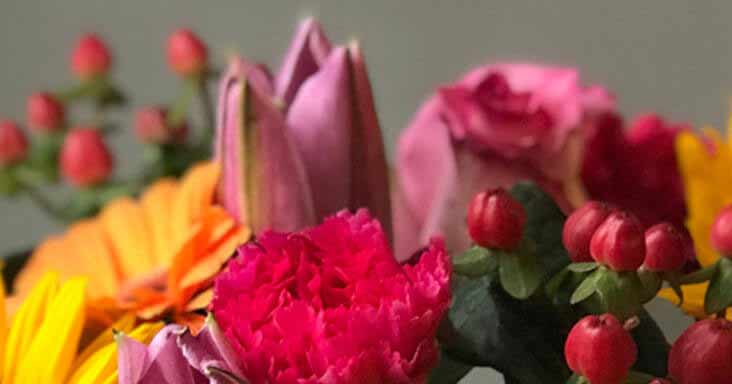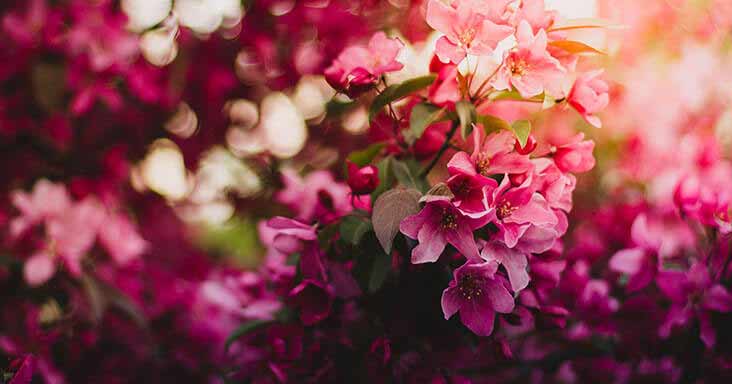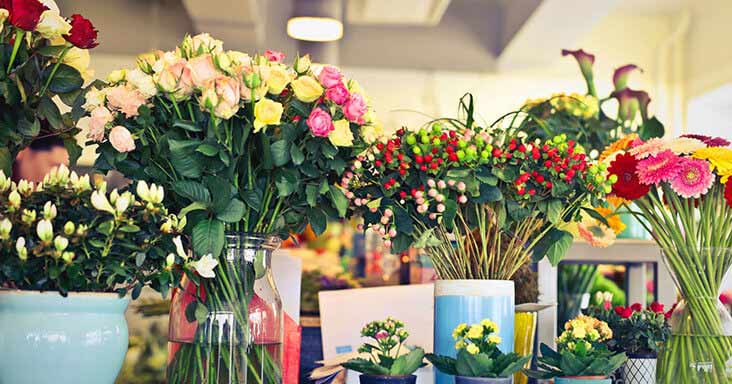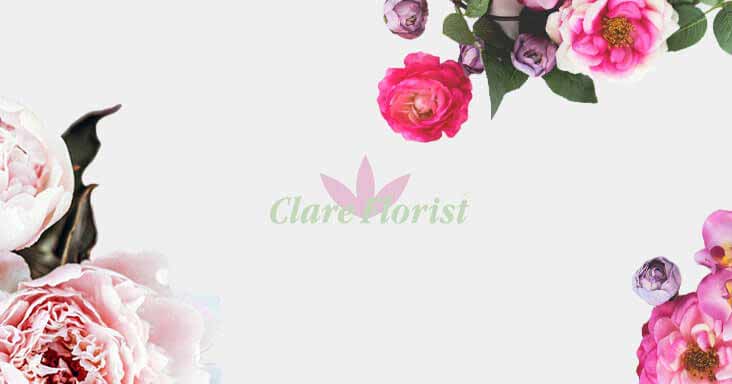Traditionally/Scientifically, perfumes are grouped together into “putrefactive families”. I will certainly go into these groupings in due course.
However today, I would like to pick up on something from the “Flowers and Plants Association” - one might say an alternative way of grouping flowers for perfume – by way of scent.
The F&PA surveys show that 1/3 of people are influenced by scent when buying a bouquet, and that for most of us the first thing we do with a bouquet is to smell it. It is also noted that the perfume industry tries very hard to reproduce the natural scents of flowers.
The following is a brief list of scents, and the effects they are said to have on our inner-person (Future listings will have more on scents and their effects):-
- Orange Blossom/Lavender Sedative
- Citrus Smells Great pick-me-up
Because the trend is now for flowers to smell more for, well floral, and thus it follows that the perfumes they are used to produce also smell more floral. Flowers and similar are now increasingly being graded on a “scent scale” akin to wine tasting.
Please see below for the 5 new “scent categories” which have been created - and what comes under these headings:
Spicy/Peppery
- chrysanthemum
- florists' broom (Genista)
- hypericum – spicy
- pink (Dianthus) – sweet clove
- stock (Matthiola)
Citrus
- mimosa (Acacia)
- waxflower (Chamelaucium) – lemon and marzipan scent
- eucharis – delicate lemon curd scent
Aromatic
- dill (Anethum graveolens) aniseed fragrance
- eucalyptus foliage – rub the leaves for full effect – medicinal rub
- lavender foliage – herb sachets
- marjoram – italian dinners
- matricaria (Tanacetum)
- grape hyacinth (Muscari) – faint musk
- rosemary foliage – sunday lunch!
Sweet/Floral
- bouvardia
- carnation – especially “Bagatel” (white spray), “Gipsy”, “Candy White”
- freesia – especially “Aladin” (yellow) “Blue Moon” (lilac), “Cote D'Azur” (purple), “Golden Wave” (rich yellow), “Oberon” (burnt orange), “White Wings” (white)
- hyacinth
- lilac (Syringa)
- lily of the valley (Convallaria)
- phlox
- rose – especially “Extase” (rich purple-red), “Jacaranda” (deep blue-pink), Juliet (soft apricot), Rosalind (pale pink)
- sweet pea
Heavy/Exotic
- gardenia
- oriental lily – especially “Casablanca” (pure white) “Le Reve” (pale pink), “Stargazer” (white with dark pink stripe), “Pompeii” (white with yellow stripe)
- longiflorum lily
- narcissus – especially “Cheerfulness” (double lemon), “Paperwhite” (pure white, “Soleil d'Or” (golden yellow), “Ziza” (pure white)
- stephanotis
- tuberose (Polianthes)
As I said previously, this is just one (and a new/modern) way of classification for scents and fragrances. I will be going into this in more depth soon – so watch this space!
Prepared by Viki, posted by Bob





